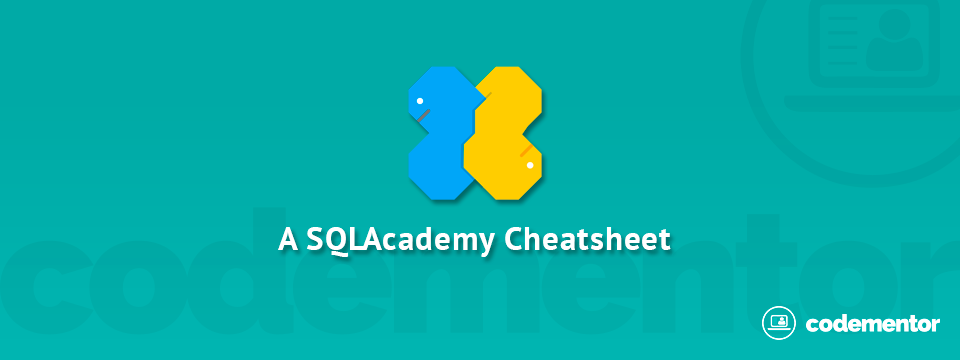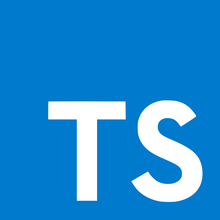- Get code examples like 'react typescript cheat sheet' instantly right from your google search results with the Grepper Chrome Extension.
- For example, the React.js tsconfig.json file generated when using create-react-app module code generation option is esnext, targeted to es5. In TypeScript, any file containing a top-level import or export is considered a module.
Good understanding of React; familiarity with TypeScript Types (2ality's guide is helpful. If you’re an absolute beginner in TypeScript, check out chibicode’s tutorial.); having read the TypeScript section in the official React docs.; having read the React section of the new TypeScript playground (optional: also step through the 40+ examples under the playground's Examples.

Ever since I started using TypeScript, I can't stop using it. Sometimes finding the correct type and where you should import it from can be a real headache. Especially when building a ReactJS application. This blog post is a great chance to publicly document my most used React TypeScript types. I focus on functional components and react hooks.
The structure of the article is that each paragraph is a standalone tip.
To create a React TypeScript project, we can use Create React App:
There have been lots of talks about the right way to import React. This is the most updated way to do it:

The return type of a functional component is ReactElement
If you want to extend the props of a native HTML element, you can use the generic class HTMLAttributes. Let's say I want to create a new button:
Note that we use destructuring to forward the props to the button element.
The children prop is of type ReactNode.
React's events system uses its own types and not the native HTML events. Make sure to import the event from the react library. import { MouseEvent } from 'react'.

Pass the correct type to the useRef generic. If you want to create a ref to an input element:
Reactjs Typescript Cheat Sheet
The ref.current type will automatically be HTMLInputElement.

The same goes for useState.
If you provide an initial value in both cases, the type will be inferred implicitly.
When creating custom hooks make sure to explicitly set the returns type. Otherwise, TypeScript may infer incorrectly the types.

This is far from being a complete cheat sheet but rather documents the things I use the most. Check out this awesome cheat sheet for more information: https://github.com/typescript-cheatsheets/react.
React Redux Typescript Cheat Sheet
